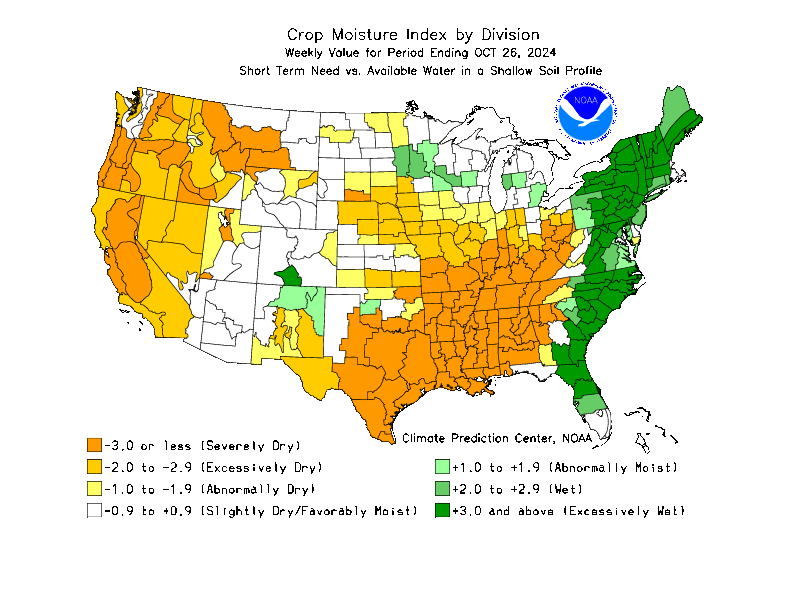Nebraska's reserve of soil moisture is gone, compounding the continuing bad news about Nebraska's drought, experts said.
Mark Svoboda, of the National Drought Mitigation Center at the University of Nebraska-Lincoln told a task force Monday that the reserve was amassed during several years of relatively generous rainfall.
But, Svoboda said, "there is no full moisture reserve to tap into this year."
A U.S. Department of Agriculture survey report March said topsoil moisture for farm fields throughout the state was rated 29 percent short or very short this far into March. Subsoil moisture was rated 97 percent short or very short. The drought center said that as of last week 96 percent of the state remained in extreme or exceptional drought.
At the same meeting of the state's Climate Assessment and Response Committee, state climatologist Al Dutcher said some improvement may be ahead because the meetings between cold air to the north and warm air to the south hold potential.
"As systems continue their trek on a weekly basis, we expect them to cross the border into Nebraska, and we'll see some uptick in moisture," Dutcher said.
Rainfall is crucial over the next two months for people planting corn and soybeans and for the recovery of grazing areas. Typically, Dutcher said, "once we get into the second week of May, we've reached our peak in soil moisture, and we start to decline from there."
The drought harmed several Nebraska crops last year. Corn production, for example, was down 16 percent from 2011 figures, according to a 2012 U.S. Department of Agriculture report.
The USDA's March survey report for Nebraska farmers said 61 percent of the wheat was rated poor or very poor. That compares with 4 percent rated poor or very poor last year at this time, before the drought took hold.


No comments:
Post a Comment